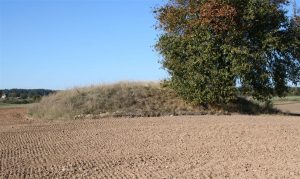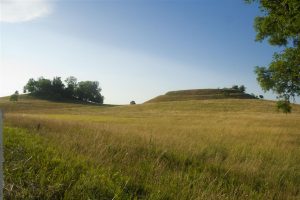In an enormous effort an area of over 110 square kilometres has been studied by archaeologists from The National Archaeological Museum in Warsaw with the use of both non-invasive techniques and through excavations. The archaeologists concentrated their efforts in 11 regions located in North-Eastern Poland. They discovered 6 possible cemetery sites, remains of 2 hillforts, ramparts, ditches and other elements of the fortification system of Early Medieval Yatvingia.

Yatvingia was the region expanding outside present borders of North-Eastern Poland occupied by the Prussian tribes in Early Medieval times. The prehistory of this region is well studied when concerning the Roman period and the Migration Period, but the times between 9th and 13th century, when the Yatving tribes sacked neighbouring lands was until recently less known.

The study concentrated also around fortified settlements in Bajtków, Gorczyce, Rajgród, Rogale, Skomack Wielki, Skomętno Wielkie, Stare Juchy and Wierzbowo. Digital Elevation Models created through Airborne Laser Scanning aided the research and delivered many details concerning already known forts and information about state of preservation of numerous sites. One of the new consisted of large mounds made with dirt and stones that were created as barrows during Early Iron Age or earlier.

The data recorded and analysed during the project aided the creation of a virtual Atlas of Yatvingian Hillfords by the team from National Archaeological Museum in Warsaw. The virtual database allows to browse through all available data concerning the hillforts and fortifications of Yatvingia that were studied as part of the project. It can be accessed here: http://www.grodziskajacwiezy.pl .
(after Nauka w Polsce & Państwowe Muzeum Archeologiczne w Warszawie)